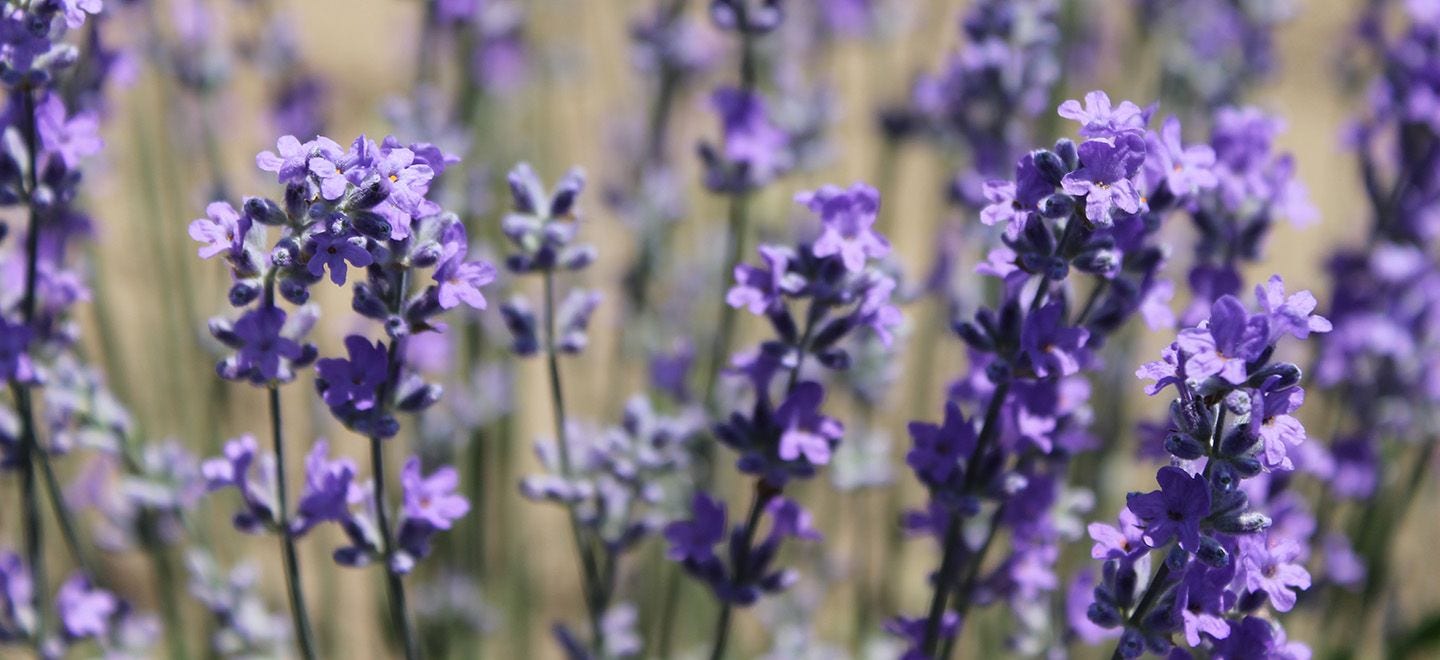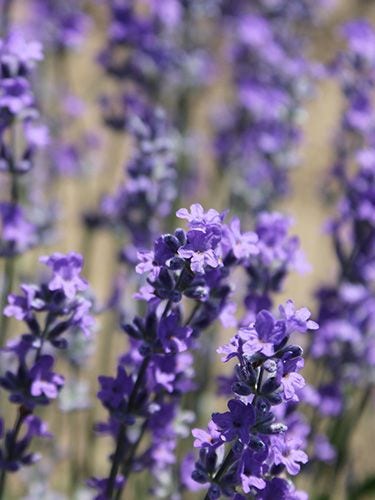The worldwide popularity of lavender is due in part to its versatility. From potpourri and sachets, to soaps and hair rinses, lavender has been a go-to herb for centuries. Here's a look at some crafty ways to enjoy this herb.
A FLORAL HERB
Most of us can vividly recall the color and the aroma described by the word “lavender.” Both are inspired by a flower that has been long recognized and enjoyed. The word “lavender” has been used to describe the pale violet hue similar to the color of the flower since the 1700s.
Lavender has an aroma that’s distinctive without being overwhelming — floral and sweet, yet clean and subtly pine-like. And, happily, dried lavender is nearly as aromatic as fresh, meaning we can bring it indoors and enjoy its scent all winter long. Two venerable ways to do that are potpourris and sachets.


LAVENDER POTPOURRI
Lavender is a classic potpourri herb. It can be used alone, or in combination with herbs like mint, thyme, marjoram, chamomile, jasmine and rose. To better preserve the scent, add a little orris root powder (about 1/4 cup of orris root per cup of herb mixture) and a few drops of lavender essential oil. Mix gently, and seal in a glass jar for about a month. Then scoop into open bowls, baskets, and jars. Add a drop or two of lavender essential oil when the potpourri needs refreshing.
LAVENDER SACHET
To scent your clothes, sew little pillows of lavender (or lavender blend as in the potpourri) and place them in your drawers and closets. Or simply tie lavender in little squares of loosely woven cloth or in small muslin tea bags. Place your sachets in linen and clothes closets and in dresser drawers. You can also sew lavender into an herb pillow to lull a fitful sleeper. The reputation of lavender’s scent is one of calming, relaxing, and soothing — perhaps because relaxation is so sought after in our over-stressed and anxious lives. But lavender also seems to have a remarkable ability to be refreshing and gently uplifting when we’re feeling uninspired. Here again, this remarkable herb displays its trademark versatility.
OTHER FLORAL USES:
- Pillows
- Table Centerpeice
- Aromatic Simmer Pot
- Candles
- Soaps
A BODY CARE HERB
While lavender is usually thought of in terms of its floral and relaxing scent in body care, that’s a bit of a disservice to its broader contributions, including its skin care benefits. Neither drying nor oily, lavender has a remarkable toning and balancing effect on the complexion — whether dry, oily, youthful or aged. And it’s very gentle. Try introducing these easy lavender-based skincare recipes into your body care routine.


LAVENDER FACIAL STEAM
A lavender facial steam will cleanse and stimulate your complexion. Simply place a handful of lavender (along with other good facial herbs like rosemary and rose, if you like) in a bowl and pour boiling water over the herbs. Using a large towel to make a tent over your head, and lean over the steaming bowl for about ten minutes. Rinse and pat dry.
LAVENDER HAIR RINSE
Combine 2 tablespoons lavender, 2 teaspoons mint, 1 tablespoon rosemary and 1 tablespoon sage in a glass jar. Add 1 cup of warm vinegar (it will impart shine to your hair) to the jar, then cap. Place in a warm place and stir once a day. Strain. To use, dilute the vinegar rinse with warm water (about ¼ cup of vinegar per 2 cups of warm water) and pour on hair as a final rinse after shampooing.
OTHER BODY CARE USES:
- Herbal Infusions - use as a base for:
- Lotions
- Toners
- Masks
- Body Sprays
- Pour into Bath Water
LAVENDER FUN FACTS
What's the difference between true lavender, spike lavender and lavandin?
True lavender (Lavandula angustifolia, formerly L. officinalis) is a delicately aromatic herb, prized for its diverse uses. Spike lavender (L. latifolia), on the other hand, has a pungent, camphor-like aroma and is used mostly in cleaning products and insect repellents. Cultivated primarily for its essential oil, spike lavender yields much more oil than true English lavender, but the quality is not nearly as good. Lavandin (L. x intermedia), also known as Dutch lavender, is a hybrid of true lavender and spike lavender. Lavandin essential oil is less expensive than true lavender, so it’s often used to scent toiletries and household products in place of true lavender.
Frontier Co-op® only sources True lavender (Lavandula angustifolia).







